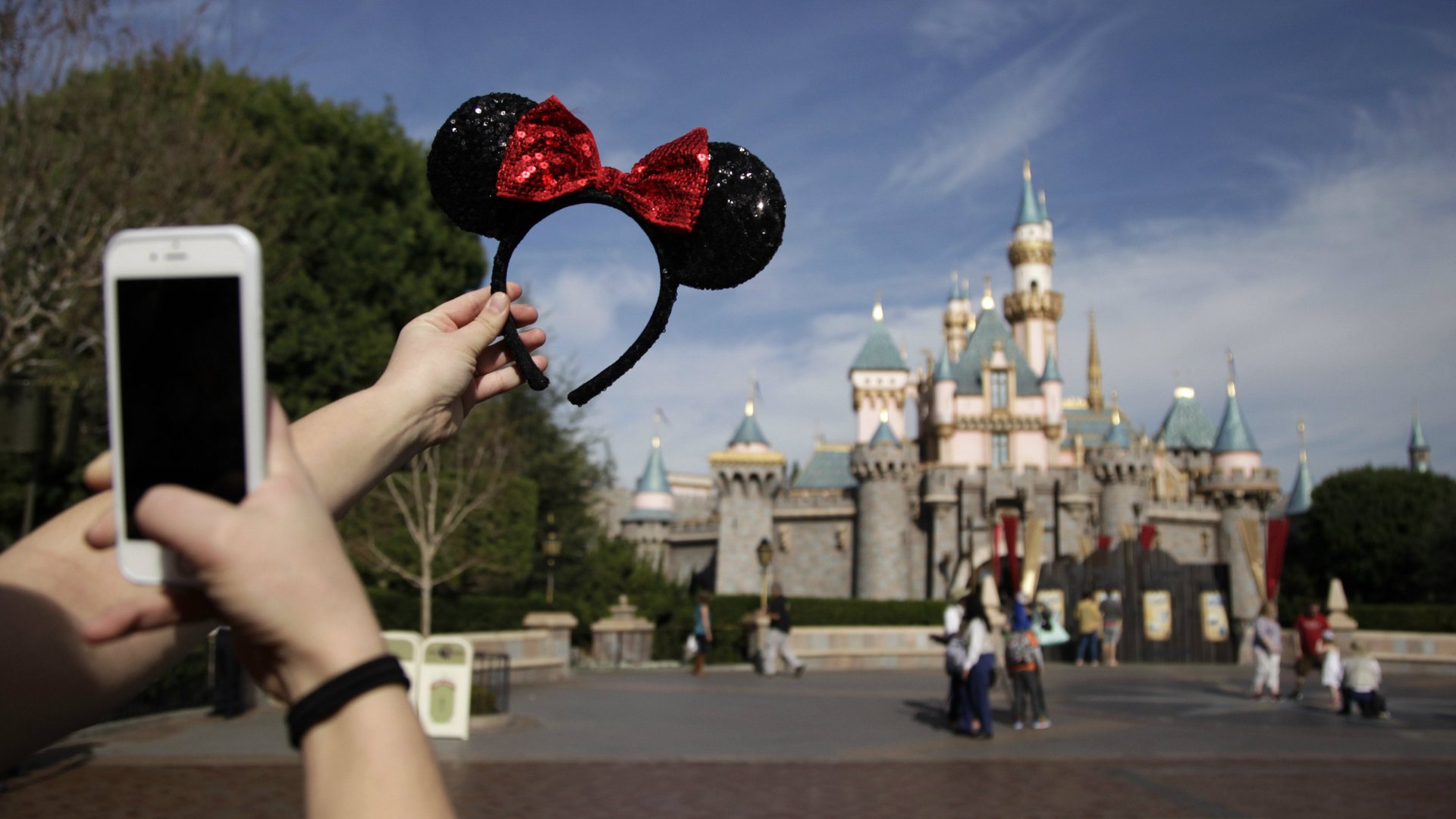Once a middle-class paradise, Disney parks are smart to woo the wealthy
The price of theme park tickets has been rising faster than inflation for decades. Many middle class families that once considered the Disney theme parks a frequent vacation destination no longer can afford to visit so often, if at all.


The price of theme park tickets has been rising faster than inflation for decades. Many middle class families that once considered the Disney theme parks a frequent vacation destination no longer can afford to visit so often, if at all.
So Disney’s to blame for pricing out the middle class, right?
Not so fast.
When a reporter from the Washington Post asked me this question last week, my first response was to ask back: What middle class?
Time for some uncomfortable truth: In its first few decades, Disneyland was a middle-class destination because, from Disneyland’s opening in 1955 through the 1970s, America was a middle-class country. In 1979, nearly 57% of American households earned within 50% on either side of the nation’s median household income. By 2012, just 45% did. And that median income has been falling since the Great Recession started in early 2008.
Not that we were doing all that great before then, either. Median household income, adjusted for inflation, has barely increased since the 1970s despite massive gains in worker productivity. What income growth we have had in the United States over the past 40 years has gone almost exclusively to wealthy households, and the wealthier you are, the more your income has gone up.
In short, American workers are more productive than ever, but for the past four decades, it’s been their bosses who are reaping the reward.
And that is why Disney raises its ticket prices, introduces the Disney Vacation Club, adds after-hours hard-ticket events, and upsells dessert parties and character meals. Disney is marketing to where the money is—families that earn $100,000+ a year and are seeing their incomes rise while everyone else is watching their income stagnate or fall.
With income inequality rising in America, Disney—like every other long-time business—faced a choice: discount to chase market share among the declining middle class and growing population of poor households, or re-position as a premium brand to attract the wealthy.
Disney chose the second option, and the company is doing spectacularly well by it, making $7.5 billion in profit on $48.8 billion in revenue last year.
So don’t blame Disney for its rising ticket prices, “charge now and think about the price later” MagicBands, or even for replacing Epcot’s Norway ride with a Frozen-themed overlay. Disney is doing what will make it more money, and what Disney is doing now appeals to those Americans who can afford to pay for what Disney is selling.
I bring Epcot into this because Disney’s changing approach to that park further reflects Disney’s response to a changing America. When it opened in 1982, Epcot reflected an optimistic view of future and of the world around us—an optimism consistent with a society in which incomes were rising with productivity and each generation enjoyed more prosperity than the last.
Today, that’s no longer the case. As I mentioned before, for most Americans, household income stopped rising with productivity back in the 1970s. Generation X, those born between 1965 and 1984, will face retirement with less wealth than the Baby Boomers who preceded them. The situation looks even more grim for the millennials who followed Generation X. It’s tough to get excited for a future than seems to be bringing harder and harder times for most of us.
Which leads us to more uncomfortable truth: Disney has stopped investing in the “old” Epcot because too few Americans believe in that optimistic vision anymore. And who can blame them? The reality of our economy and our environment today tells us that believing in the future and in the good of the world around us is about as logical as, well, believing in a fairy tale.
No, scratch that. Believing in a fairy tale allows us a few moments of escape into a world where good overcomes evil, hard work triumphs over adversity, and everyone lives happily ever after. So believing in the future today is demonstrably worse than believing in fairy tales.
And that is why we are getting Frozen at Epcot.
So if you’re angry with Disney for not appealing to a large, prosperous, and optimistic middle class, well, might I suggest that the problem really is not with Disney—the problem is that there is no longer a large, prosperous, and optimistic middle class in America for Disney to appeal to any longer.
This is a problem 40 years in the making. What’s the solution? Theme Park Insider is a theme park community, and not one for political activism, so you’ll have to go elsewhere to find your path toward that. But know this: Trying to shame Disney into not raising its ticket prices won’t bring back America’s middle class. The way to do that lies elsewhere.